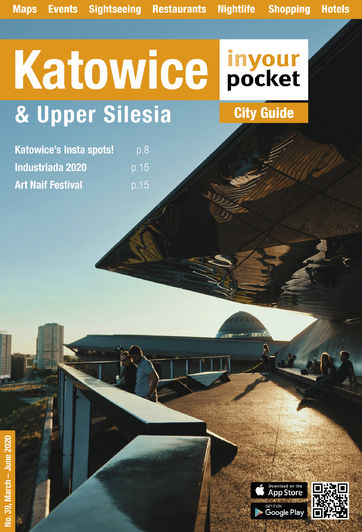Jewish Katowice
The most remarkable contribution Katowice made to the history of modern Jewry is that of the Katowice Conference that took place in the city between November 6-11, 1884. Although no papers survive, the general belief is that 22 Jews from Russia, France, Germany, Romania, Palestine and the UK came to Katowice (the precise location is unknown) to discuss the founding of a Jewish nation in the Middle East. The meeting was chaired by the Polish-born Zionist, Leon Pinsker, aka Yehudah Leib (Lev Semyonovich) Pinsker (1821-1891), who proposed that, as the Jews were never going to receive fair treatment in Europe they should all move to the country he was living in at the time - Palestine. As history would go on to demonstrate in gruesome detail, Pinsker's belief was correct, though even he couldn't have imagined scale of the events that were to take place less than half a century later. On the day the Germans invaded Poland in 1939 there were somewhere between 9,000 and 13,000 Polish and German Jews living in Katowice. Most were sent to Auschwitz via the Zagłębie (Sosnowiec) ghetto. Although as many as 1,500 Jews returned to the city after the war, most left again soon after. Little remains to be seen of pre-war Jewish life in the city today, with the exception of the neglected Jewish Cemetery (ul. Kozielska 16, D-1, see Cemeteries) and an obscure monument where the Great Synagogue once stood (Plac Synagogi, C-2).
Refine your search
Choose Categories
Industrial Tourism
Nikiszowiec
Jewish Katowice
Museums
Monuments
Places of Interest
Cemeteries
Churches
Giszowiec
Parks & Gardens
Tourist Information
Tours
Choose District
Giszowiec
Nikiszowiec
Katowice Centre
Choose Amenities
Child-friendly
Dogs Allowed
Facilities for disabled
Submit


